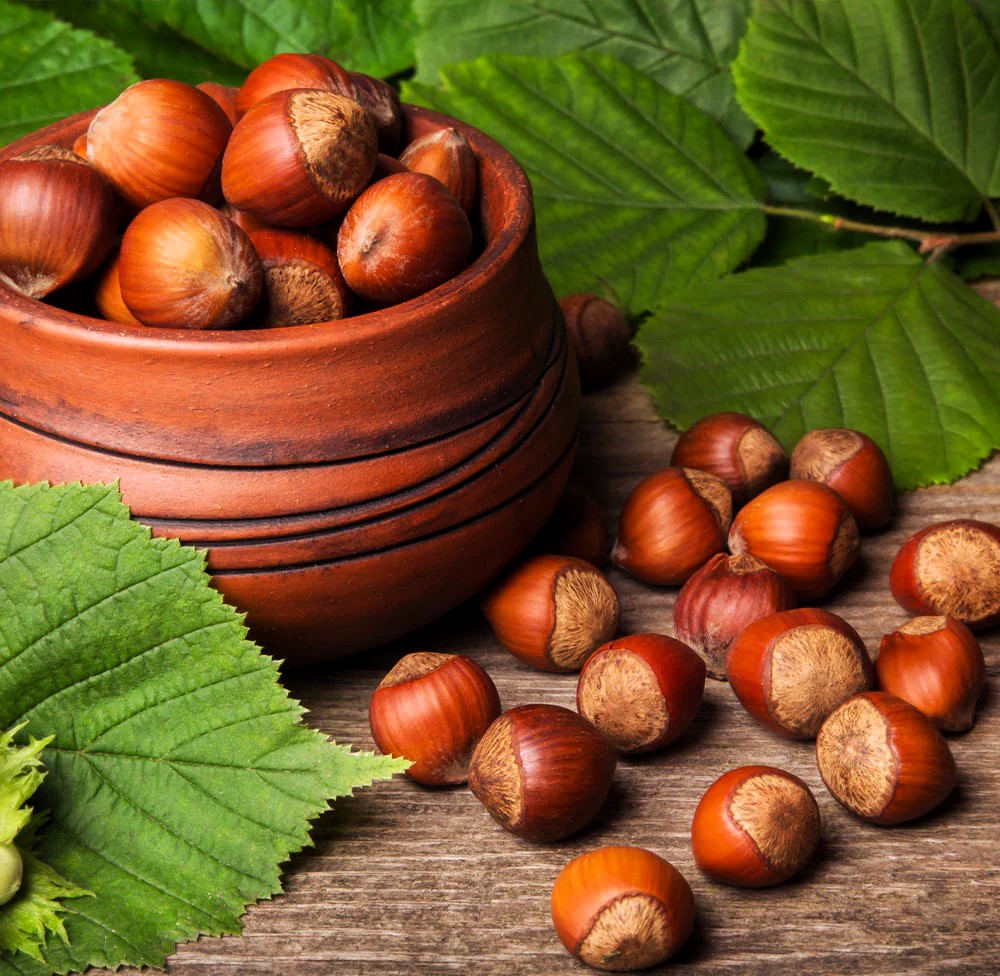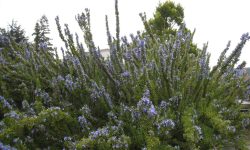Filbert vs Hazelnut
Historical Origins and Nomenclature
The debate between filbert and hazelnut terminology has its roots in history and geography. The term “filbert” is derived from French origins, likely introduced to Oregon by early French explorers. This name is closely linked to Saint Philibert, whose feast day on August 22 coincides with the early ripening of filberts in England, suggesting a possible etymological connection.
In contrast, “hazelnut” is a term that originated in England, referring to the native species of the nut. This term gained popularity in the United States, particularly in Oregon, where hazelnuts were introduced in the early 20th century. By 1989, the hazelnut proudly became Oregon’s official state nut, further cementing its place in American culture.

Botanical and Geographical Distinctions
Botanically, both filberts and hazelnuts are harvested from the hazelnut tree (Corylus species), but there is a subtle distinction in their physical appearance. Hazelnuts typically have an oval-shaped shell, while filberts are more elongated. This morphological difference, however, is minor and often overlooked in general usage.
Geographically, hazelnuts have a wide distribution, growing in regions across North America, Europe, Asia, and Central America. However, they are notably absent in South America. This widespread growth reflects the adaptability and resilience of the hazelnut tree in various climates and soils.
Culinary and Nutritional Aspects
In culinary terms, there is no significant difference between a filbert and a hazelnut. Both offer a rich, nutty flavor that is highly prized in various cuisines. They are a staple in confectioneries, baked goods, and as a crunchy addition to salads and other dishes. Nutritionally, these nuts are a powerhouse of energy, packed with healthy fats, proteins, vitamins, and minerals, making them a valuable addition to a balanced diet.
A Unified Identity
In essence, the terms filbert and hazelnut are interchangeable, referring to the same nut. The choice between the two names often boils down to regional preferences or historical context. Whether you call it a filbert or a hazelnut, this nut remains a beloved and nutritious ingredient in kitchens worldwide.
Aspect Filbert Hazelnut Origin of Name Likely from French origins, linked to Saint Philibert. English origin, popularized in the United States. Physical Appearance More elongated shape. Typically oval-shaped shell. Geographical Growth Widely grown in Europe, introduced to Oregon by early French explorers. Grown in North America, Europe, Asia, and Central America. Culinary Use Used interchangeably with hazelnuts in cooking and baking. Common in spreads, confectioneries, baking, and as a snack. Nutritional Value Rich in healthy fats, proteins, vitamins (especially Vitamin E), minerals. Same nutritional profile as filberts. Storage Best stored in a cool, dry place; can be refrigerated or frozen. Same storage recommendations as filberts. Allergy Information Can cause allergic reactions in individuals with tree nut allergies. Same allergen potential as filberts. Cultural Significance Less commonly known in the U.S., more prevalent in certain European regions. Official state nut of Oregon, widely recognized and used in North America.
Frequently Asked Questions about Filberts and Hazelnuts
Q1: Are filberts and hazelnuts the same thing?
A: Yes, filberts and hazelnuts refer to the same type of nut. The terms are often used interchangeably, though “filbert” is more commonly used in certain regions, such as parts of Europe, while “hazelnut” is widely used in North America.
Q2: Why are they called filberts in some places and hazelnuts in others?
A: The name “filbert” likely comes from French origins and is linked to Saint Philibert, a saint celebrated around the time these nuts ripen in England. “Hazelnut,” on the other hand, is an English term that became popular in the United States. The usage of these terms often depends on regional traditions and historical influences.
Q3: Can you grow hazelnut trees anywhere?
A: Hazelnut trees are quite adaptable and can be grown in many regions, including North America, Europe, Asia, and Central America. However, they are not commonly found in South America. The trees require specific climatic conditions, particularly a period of cold dormancy.
Q4: Are there any nutritional differences between filberts and hazelnuts?
A: Nutritionally, there is no difference between filberts and hazelnuts. They are both rich in healthy fats, proteins, vitamins (especially Vitamin E), and minerals like magnesium and calcium, making them a nutritious snack option.
Q5: What are the common uses of hazelnuts in cooking?
A: Hazelnuts are versatile in cooking and baking. They are often used in making spreads (like Nutella), in confectioneries, baked goods like cakes and cookies, and as a crunchy addition to salads and pastas. They are also popularly roasted and eaten as a snack.
Q6: How do you store hazelnuts to keep them fresh?
A: To keep hazelnuts fresh, store them in an airtight container in a cool, dry place. If you want to extend their shelf life, you can refrigerate or even freeze them. It’s important to protect them from moisture and heat to prevent spoilage.
Q7: Are hazelnuts allergy-friendly?
A: Like other nuts, hazelnuts can cause allergic reactions in some individuals. Those with tree nut allergies should avoid hazelnuts and products containing them.



